While it’s clear that North America isn’t generally known for its castles, Canada is home to a curious collection of imposing buildings resembling medieval fortresses. Built from coast to coast at the end of the 19th century and the beginning of the 20th, these palatial European-inspired buildings known as the great railway hotels of Canada continue to dominate the skyline of many of its cities and have become true urban and tourist icons.
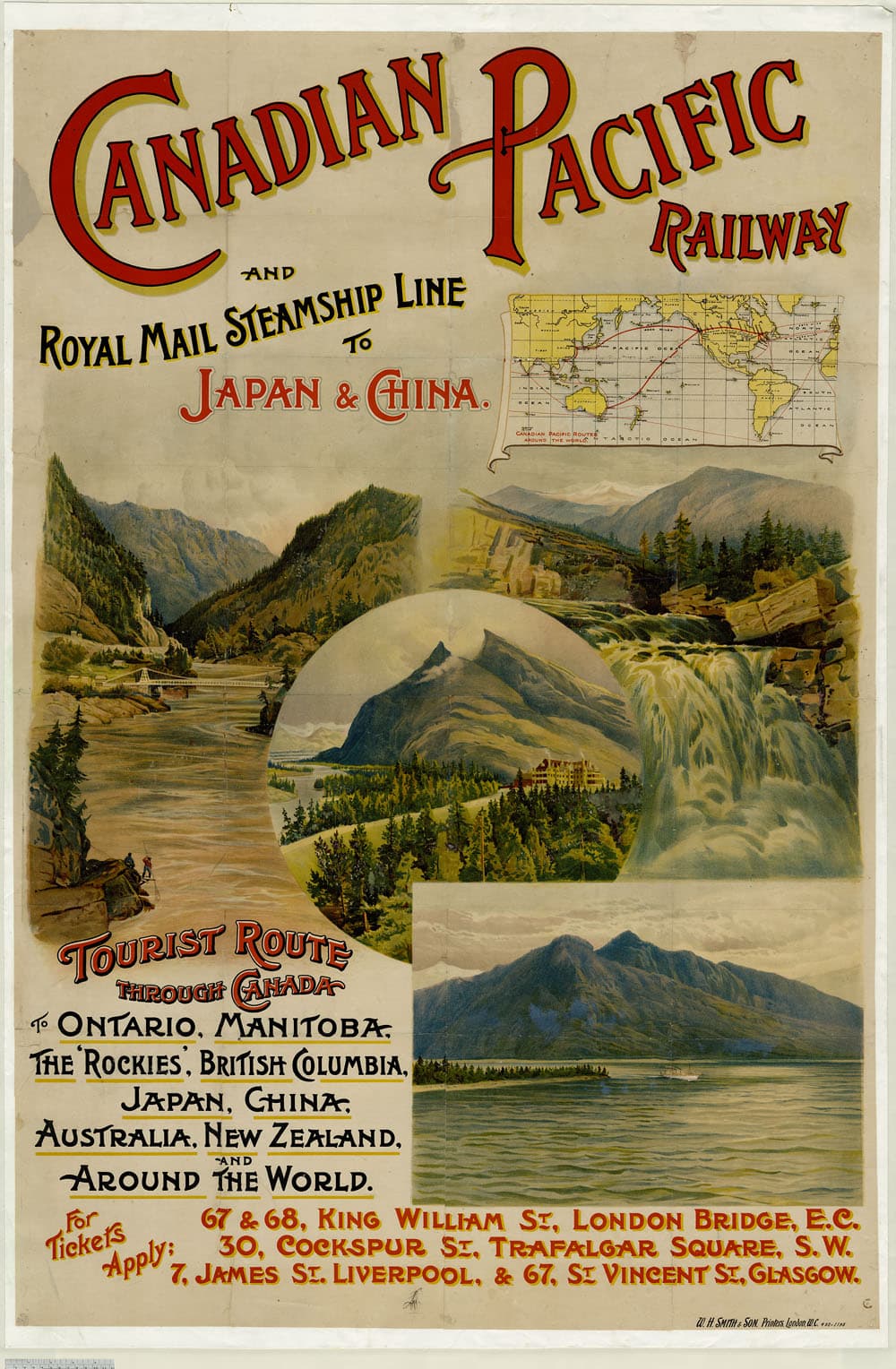
Canada’s Grand Railway Hotels can even be considered the country’s first major tourism promotion campaign.
With the completion of the Great Pacific Railroad in 1885, coast-to-coast travel in Canada was finally a reality for the masses.
However, the challenge facing railway companies was to encourage travel, generate income and attract tourists on board. The solution to the challenge was as ambitious as the railway itself: build opulent and luxurious castle-like hotels to heighten public interest.
Thus were born the great railway hotels of Canada, a series of hotels built by the Canadian railway companies next to major train stations and designed to serve the passengers of the then-growing rail network.
These centennial hotels served as catalysts for Canada’s tourism and represent some of the country’s best examples of château-style, beaux-arts, and art-nouveau architecture.
Canada’s Railway Hotels: A Brief History
Many of the railway hotels were built in the Château style (also called Neo-château or Châteauesque), which became a quintessentially Canadian architectural style. The use of towers, battlements, and other architectural elements typical of Scottish and French castles became characteristic of Canada’s stately hotels.
The style became so popular that it was also used in important public buildings, such as the Confederation and Justice buildings in Ottawa.
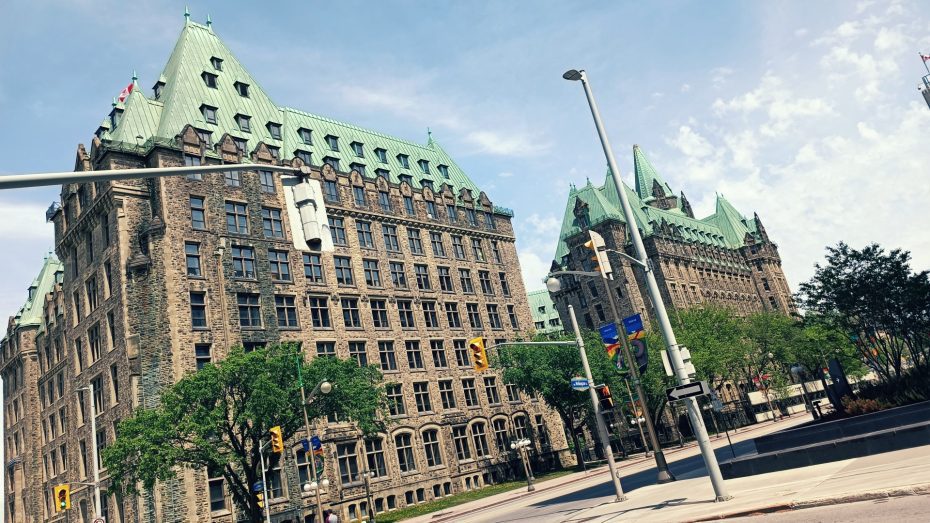
Canada’s first grand railway hotel, Montreal’s Windsor Hotel, opened in 1878. Although it was not owned by a railway company, it was built to cater to travellers to the nearby Windsor Railway Station.
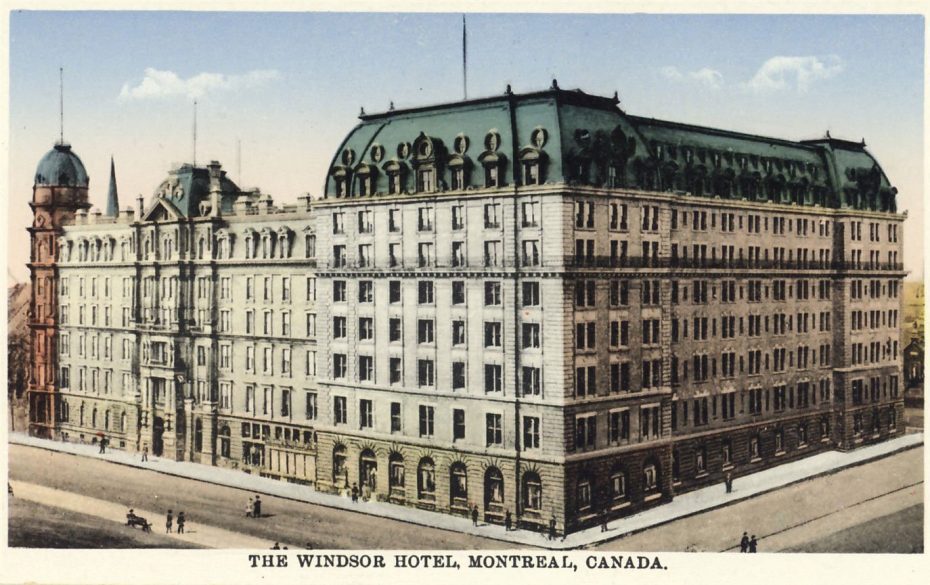
The intimate relationship between the railway companies and the great hotels in Canada was officially launched with the opening of the Vancouver Hotel by the Canadian Pacific Railway on May 16, 1888. Two weeks later, the Banff Hotel Springs was also inaugurated.
Canadian Pacific Railway president William Cornelius Van Horne had personally chosen the site in the Rocky Mountains for his new hotel. He envisioned a series of grand hotels across Canada that would attract foreign visitors to his new railway.
With the expansion of the network, Canadian Pacific built the Château Frontenac in Quebec City. Its elevated location overlooking the city made it an instantly identifiable city landmark for travellers on passing trains and ships en route to or from Montreal.
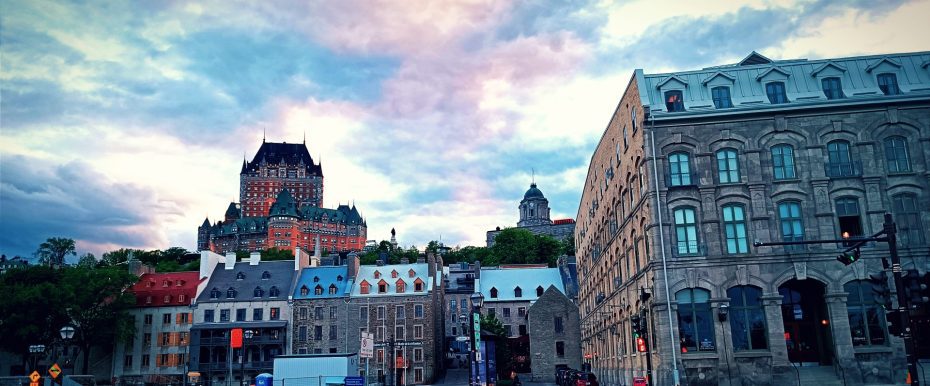
The Frontenac was succeeded by Place Viger in Montreal, The Empress in Victoria, and Château Lake Louise in Alberta. In the early 20th century, railway companies moved away from the château style, notably with the construction of Winnipeg’s Royal Alexandra Hotel in 1906, the Palliser Hotel in Calgary in 1914, and the Hotel Vancouver II, designed in the Italianate style.
The largest of the grand railway hotels, the Royal York in Toronto, opened in 1929.
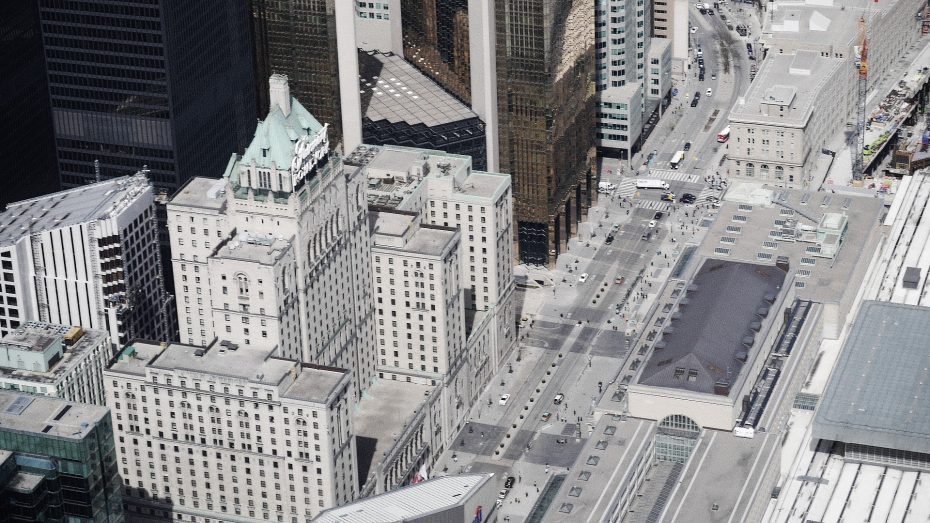
Canadian Pacific’s main competitor, the Grand Trunk Railway, also built a chain of luxury hotels throughout the country, mostly in the château style. The GTR built the Château Laurier in Ottawa in 1912, followed by the Fort Garry Hotel in Winnipeg and the Macdonald Hotel in Edmonton in 1913 and 1915, respectively.
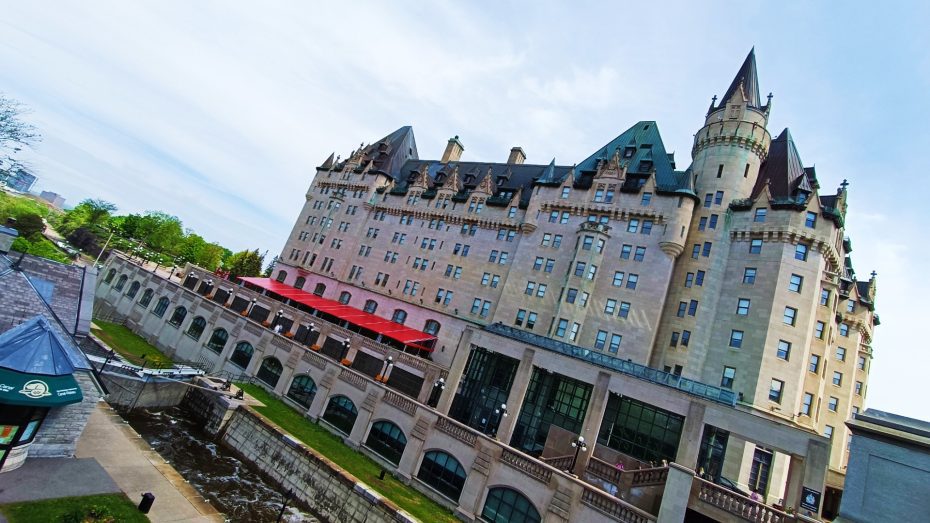
The GTR merged with the Canadian National Railway in 1920. Over the following decades, Canadian National and Pacific Hotels continued expanding across the country. The Queen Elizabeth Hotel in Montreal, built in 1958 above the Central Station, is considered Canada’s last great railway hotel.
In 1988, Canadian Pacific acquired Canadian National Hotels, and for the first time, the majority of Canada’s railway hotels were operated by the same company. In 2001, Canadian Pacific Hotels was renamed Fairmont Hotels and Resorts. Fairmont continues to operate most of Canada’s flagship hotels.
The Grand Railway Hotels of Canada: Staying in an Icon
Although rail travel is no longer the primary method of transportation in Canada, railway hotels remain some of the most luxurious accommodations in the country.
If you’re interested in experiencing what Canadian travel was like in the late 19th century, here are some of the most famous historical properties still open to the public and where you can stay:
1. Fairmont Banff Springs, Banff, Alberta
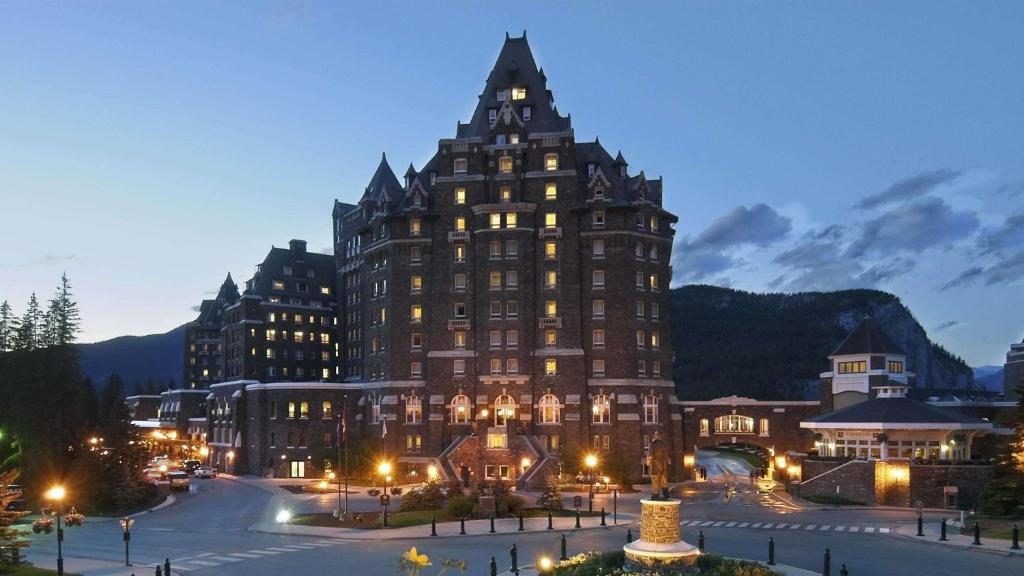
The first of the great railway hotels built by CPR, the Fairmont Banff Springs, opened in 1888 and was designated a National Historic Site of Canada exactly 100 years later.
Alongside elements of Scottish manor architecture, it also draws elements from the art-nouveau movement, visible in the rounded gables and rough stone masonry.
2. Fairmont Château Frontenac, Quebec City, Quebec
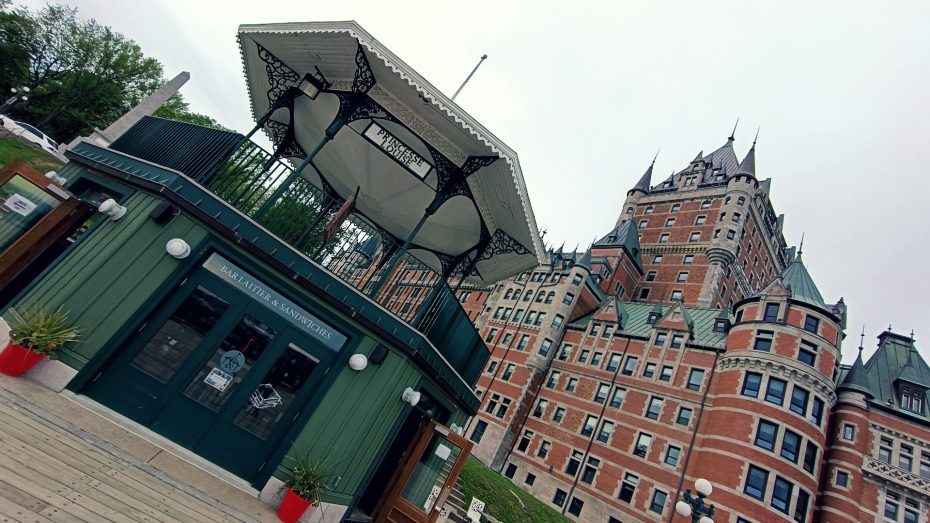
Quebec City’s skyline is dominated by the vast Fairmont Château Frontenac.
Open in 1893 and located on top of a cliff above the St. Laurence River in Vieux Québec, the Frontenac has been recognized as a UNESCO World Heritage Site.
Its historic rooms have housed political leaders such as Winston Churchill, Franklin D. Roosevelt, and even celebrities.
Its spectacular architecture of pitched roofs, turrets and elaborate gables was largely inspired by the castles of the Loire Valley in France.
Even if you don’t stay at the hotel, you can go on guided tours of the property thanks to Cicerone Guided Tours & Activities.
3. Fairmont Château Laurier, Ottawa, Ontario
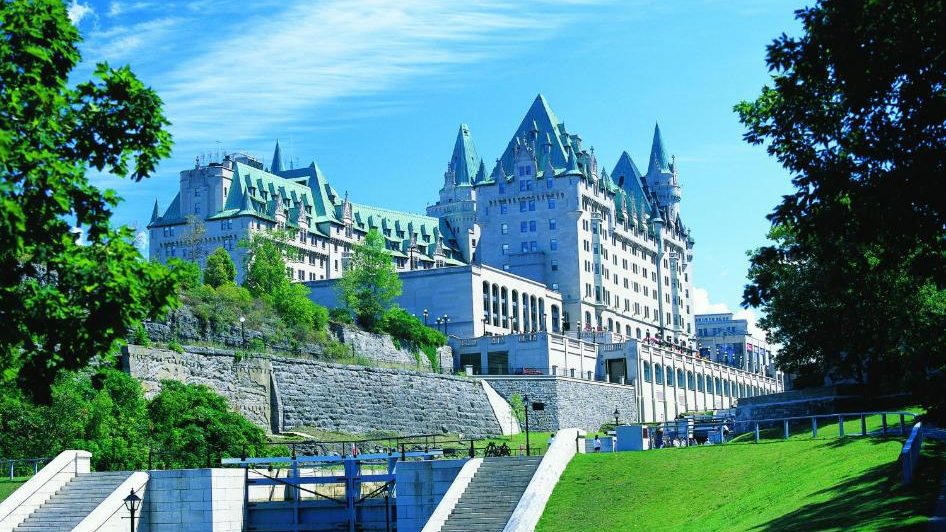
Railway companies couldn’t ignore the Canadian capital, Ottawa. GTR opened the Fairmont Château Laurier in 1912.
Built in the style of a French château, with elaborate towers and gables carved with flowers, scrolls and crests, the interior of this Fairmont hotel features original Tiffany stained glass windows and handmade plaster-cast decorations.
4. The Fairmont Empress, Victoria, British Columbia
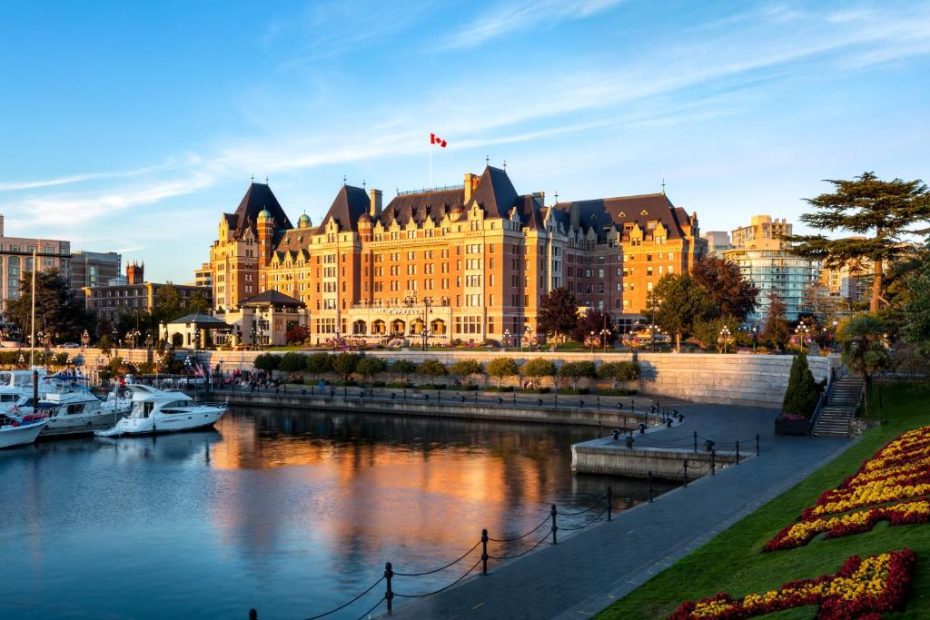
Overlooking Victoria’s Inner Harbour, the Fairmont Empress can be considered the grande dame of Canadian railway hotels.
The Empress, opened in 1908 and built in château style, is the westernmost of Canada’s great railway hotels.
5. Fairmont Royal York, Toronto, Ontario
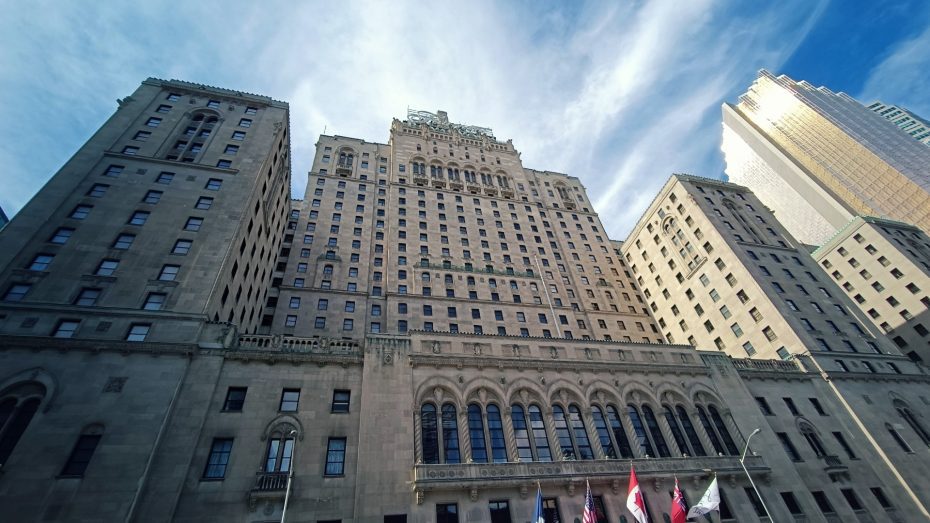
The Fairmont Royal York in Toronto is the largest of the Canadian railway hotels and, at the time of its opening in 1929, was, at 28 stories, the tallest hotel in the British Commonwealth.
Each of the more than 1000 rooms had a private bathroom, shower and telephone, which was unusual for hotels of the time. A new Art Deco lobby opened for the Royal York’s 90th anniversary in 2019.
6. Fairmont Hotel Macdonald, Edmonton, Alberta
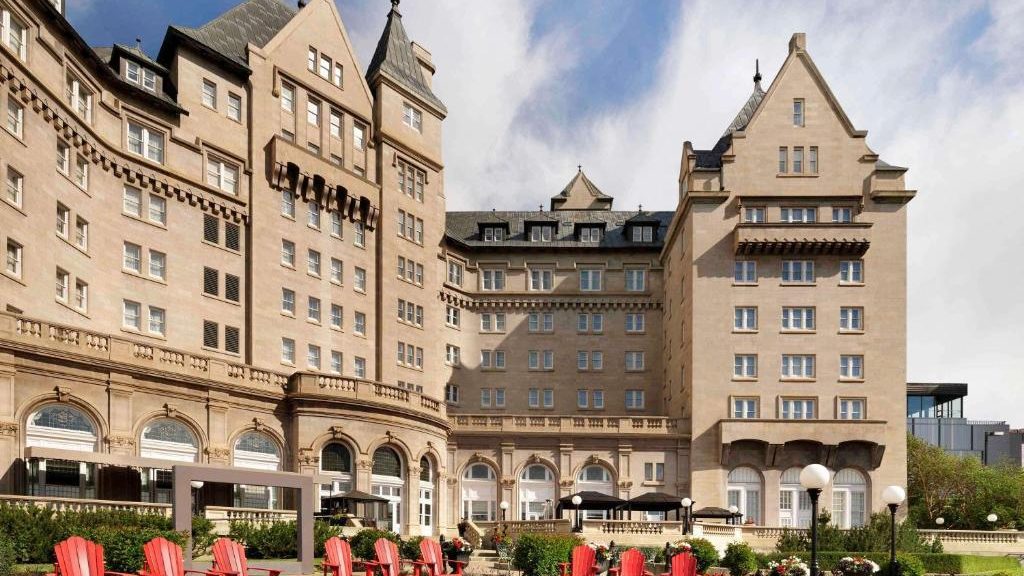
Opened by the Grand Trunk Pacific Railway company in the summer of 1915, the Fairmont Hotel Macdonald (commonly known as “The Mac”) was built as a natural extension of its Rocky Mountain contemporaries.
The châteauesque style construction, conceptualized by Ross & Macdonald, features exaggerated architectural details, including wings, turrets, dormer ceilings and finials that set it apart from Edmonton’s more contemporary skyline.
7. The Westin Nova Scotian, Halifax, Nova Scotia
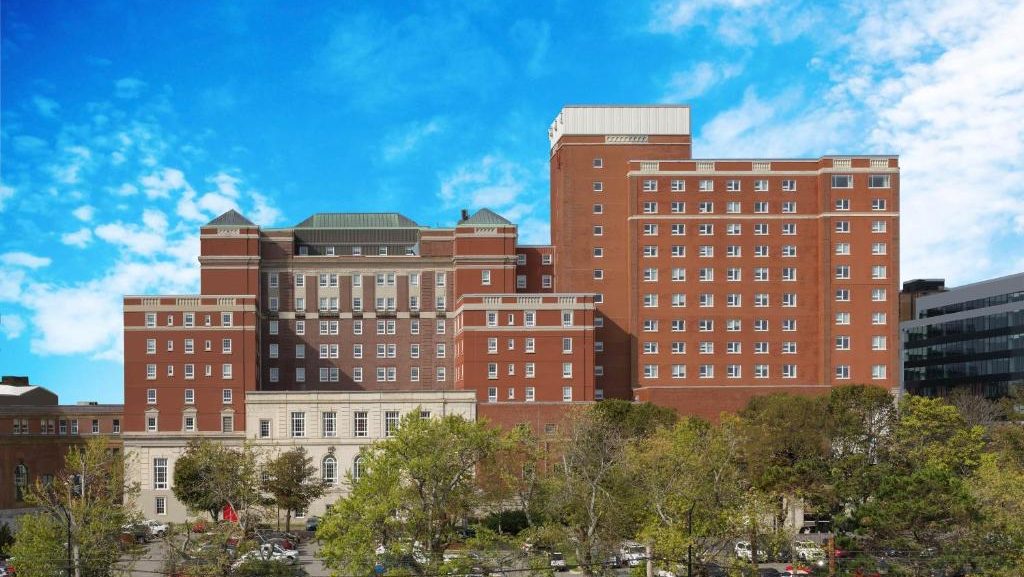
While the most prestigious railway hotels were concentrated on Canada’s west coast, the Canadian National Railway commissioned a handful of properties in Halifax, with the Westin Nova Scotian (originally known simply as Nova Scotian) as a prime example.
Tucked away at the southern end of Barrington Street, the Nova Scotian is conveniently located next to the Halifax train station and the former Pier 21 ocean liner terminal and, as such, has played host to many guests. remarkable. In fact, Queen Elizabeth II stayed at the hotel twice.
8. Fairmont Château Lake Louise, Lake Louise, Alberta
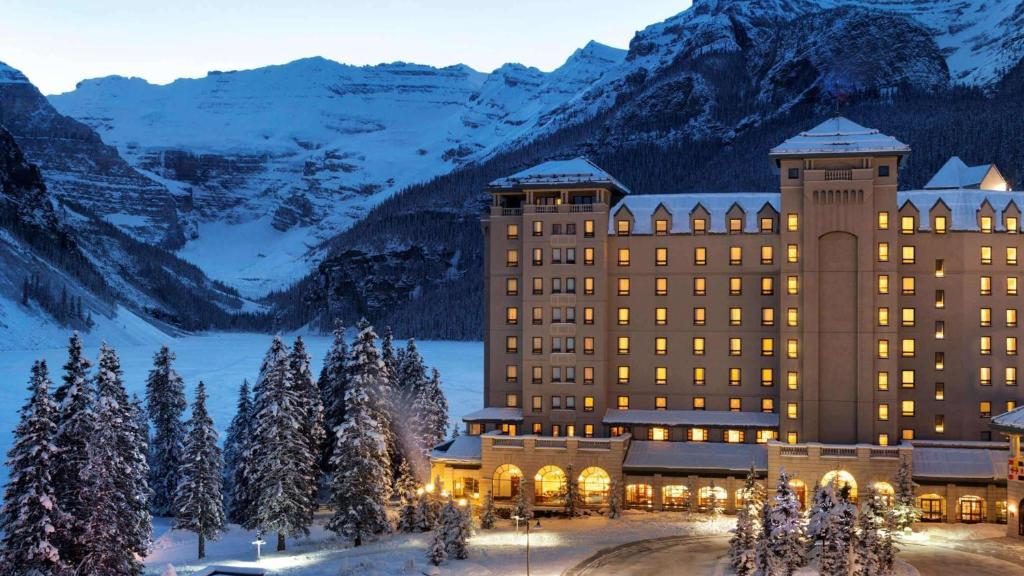
Of all the Canadian rail hotels, the Fairmont Château Lake Louise is probably the one in the most picturesque setting, next to a turquoise lake and the majestic Victoria Glacier in Alberta’s Banff National Park.
Open in 1890, it is now recognized for being environmentally-friendly.
9. Fort Garry Hotel, Winnipeg, Manitoba
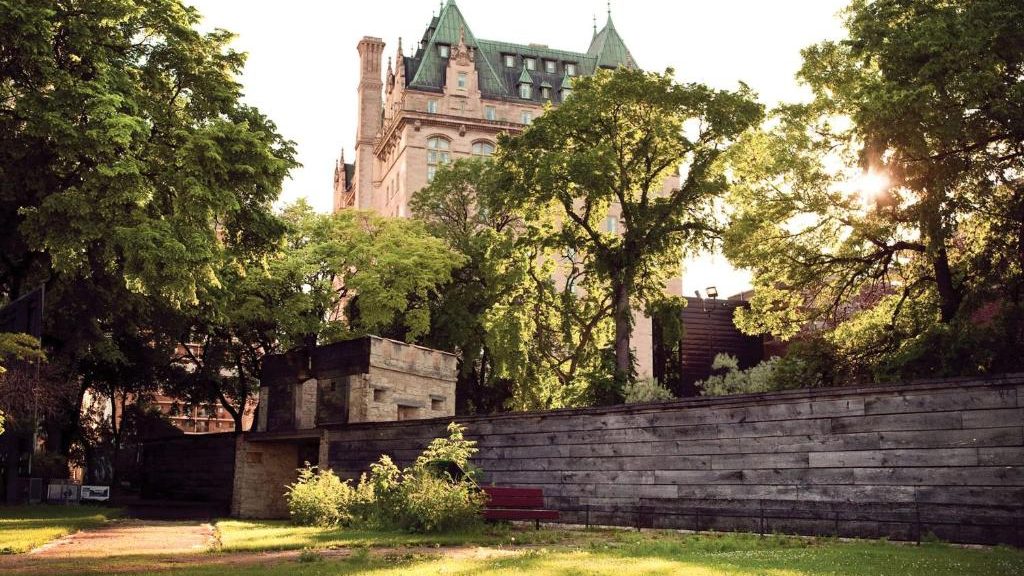
The Fort Garry Hotel opened its doors in 1913 and is one of the best examples of classic château-style construction.
Inspired by their contemporaries, Ross & Macdonald used a combination of his plans for the existing railway hotels and certain aspects of the Plaza Hotel in New York to create a majestic building fit for the Winnipeg skyline.
The century-old property remains the only hotel located in the center of Broadway and, as such, has seen many famous guests, including Louis Armstrong, Harry Belafonte, King George VI and Queen Elizabeth II.
Read this post in other languages:


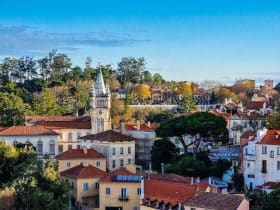
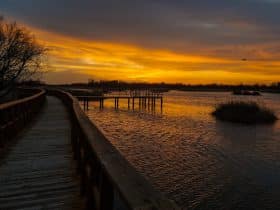


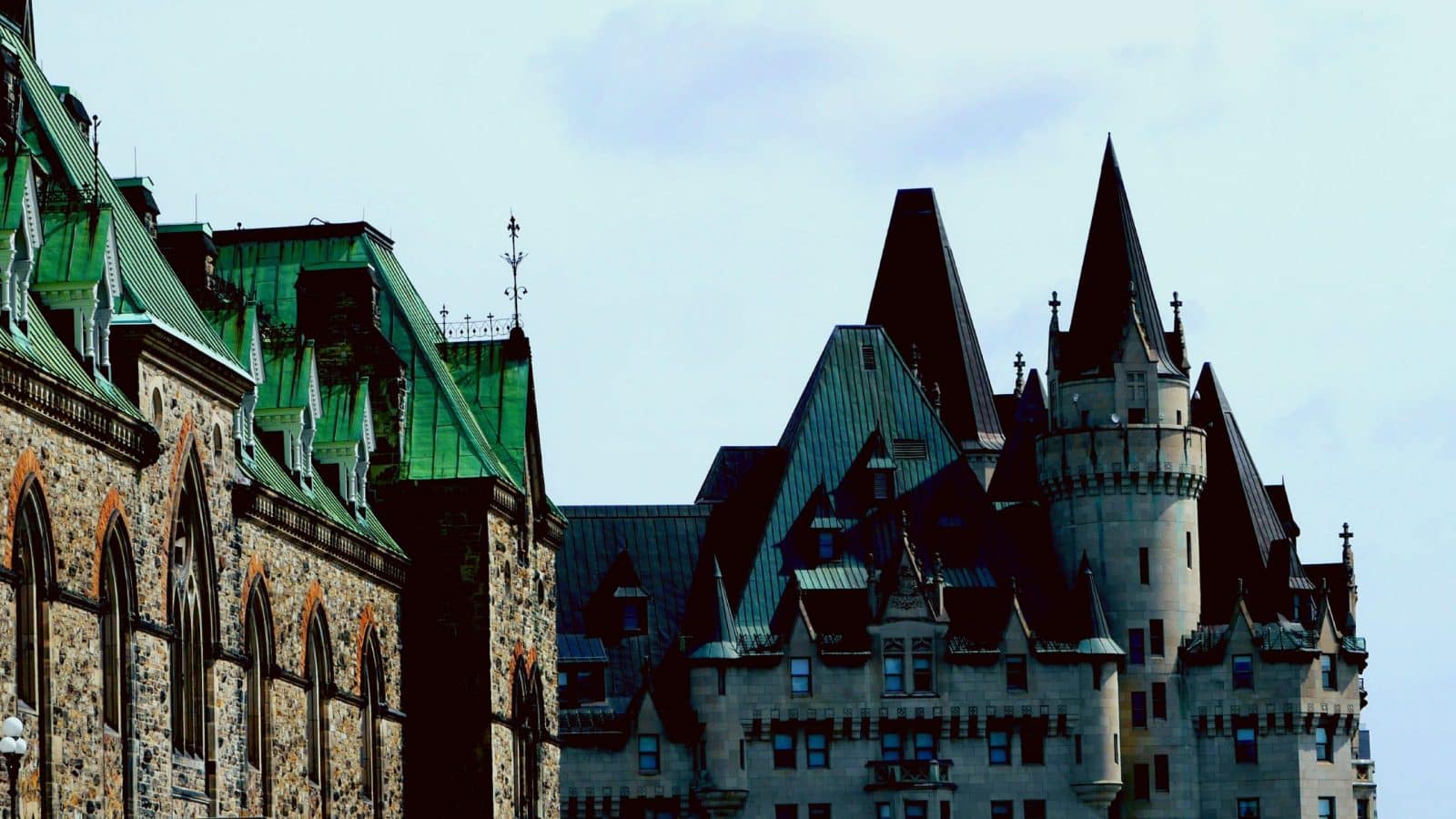

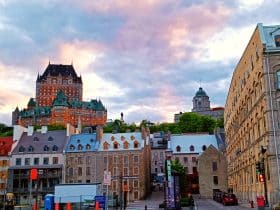
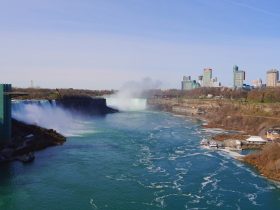
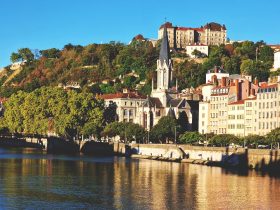
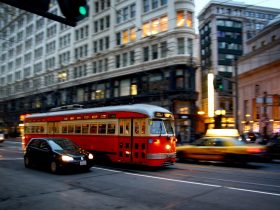

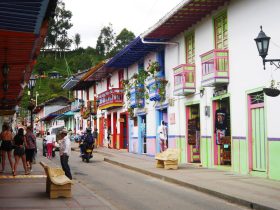
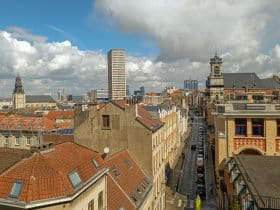











Leave a Reply
View Comments